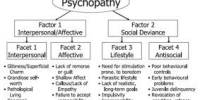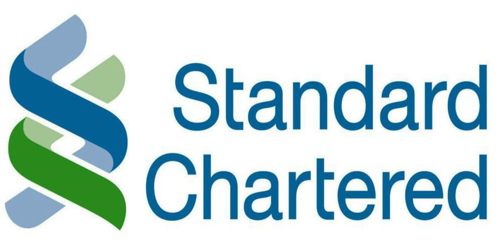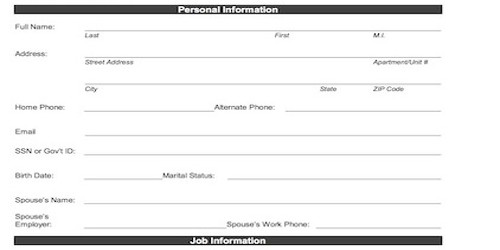Sexual harassment in education refers to any unwelcome sexual behavior, advances, comments, gestures or physical contact that interferes with a person’s ability to learn, work or participate in educational programs or activities. It can occur in any educational setting, including primary, secondary schools, and higher education institutions, and can be committed by teachers, classmates, staff, or any other person affiliated with the school.
It is unwanted sexual behavior that interferes with a student’s ability to learn, study, work, or participate in school activities. Sexual harassment includes everything from minor annoyances to sexual assault and rape. As committed by teachers, it is frequently framed as “sex for grades” and has garnered global media attention, partly in connection with the #MeToo movement.
Examples of sexual harassment include sexual innuendo, sexual assault, sexual coercion, and other forms of non-consensual sexual behavior. It is illegal and unethical and can have serious psychological, emotional, and academic consequences for the individuals who experience it. It’s important for educational institutions to have clear policies and procedures in place to prevent, respond to, and address instances of sexual harassment.
Schools and colleges are required to have policies in place to address and prevent sexual harassment, and to respond promptly and effectively when incidents are reported. It is important for everyone in the educational community to be aware of what constitutes sexual harassment, and to take steps to prevent and address it when it occurs. This can include physical contact, verbal comments, gestures, or displays of sexually explicit materials. Sexual harassment can create a hostile or intimidating environment that interferes with the victim’s ability to learn or work and is illegal under federal law.
Schools and educational institutions have a responsibility to take proactive steps to prevent sexual harassment and to respond appropriately when it does occur. This may include providing training and education for students, staff, and faculty, as well as having clear policies and procedures in place for reporting and addressing incidents. It is important for schools and universities to have policies in place to prevent and respond to instances of sexual harassment, and for individuals to feel comfortable reporting any incidents they experience.
Sexual harassment in education is illegal and can have serious consequences for both the victim and the harasser, including academic and professional repercussions, emotional distress, and legal action. It is important for educational institutions to have policies and procedures in place to address and prevent sexual harassment, and for individuals to understand their rights and responsibilities.
















